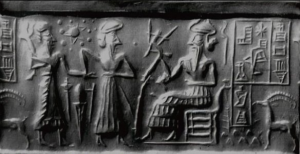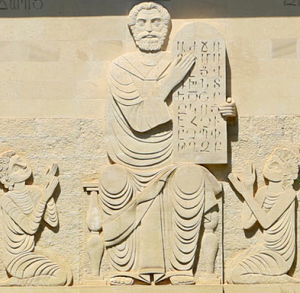Gyumri’s History
 Gyumri’s former name was Kumayri. In the Kumayri-Gyumri area, 5000 year old settlements (Meat factory, Kumayri) and other artifacts from the first to third centuries B.C. have been discovered.
Gyumri’s former name was Kumayri. In the Kumayri-Gyumri area, 5000 year old settlements (Meat factory, Kumayri) and other artifacts from the first to third centuries B.C. have been discovered.
There are remains of V-VII century churches in the city area. Some of the most majestic medieval Armenian architectural monuments are in the surrounding areas of the city. Some of them are Yereruk, Marmashen monastery (X-XI centuries), Harich monastery (VII-XIII centuries), Lmbatavanq monastery (VII century), Sarnaghbyour monastery (beginning of XIII century), Artik St. Mother of God (VI century), St. Gevorg (VII century) and Pemzashen churches, Karnut and Lernakert basilica churches (V-VII centuries), Gusannagyugh fortresses and palace (I-XIV centuries), 5000 year old settlements in Horom, Qeti, Shirakavan, Artik, Beniamin, Kaps, Azatan and Jrarat. Go to the Cathedrals and Monasteries section to visit some of these places.

There are tombs, cyclopean and Urartian period fortresses and inscriptions.The first written evidence about Kumayri-Gyumri are the Urartian inscriptions of King Argishti I, dated 774 BC. According to academician Manandyan, the rich and crowded city “Gyuminas” mentioned in Greek historian Xenophon’s “Anabazis” is present day Gyumri.
In ancient times, Kumayri-Gyumri was the trade crossroad for different nations.  The roads to Armenian Dvin, to capital Ani would go through Gyumri to connect with Georgia and Trapizon.
The roads to Armenian Dvin, to capital Ani would go through Gyumri to connect with Georgia and Trapizon.
Kumayri-Gyumri was a famous educational and scientific center. According to tradition famous calendar maker, geographer and mathematician Anania Shirakatsi, middle age renowned church figure and skilled master Barsegh Tchon, taught in Dprevank.






